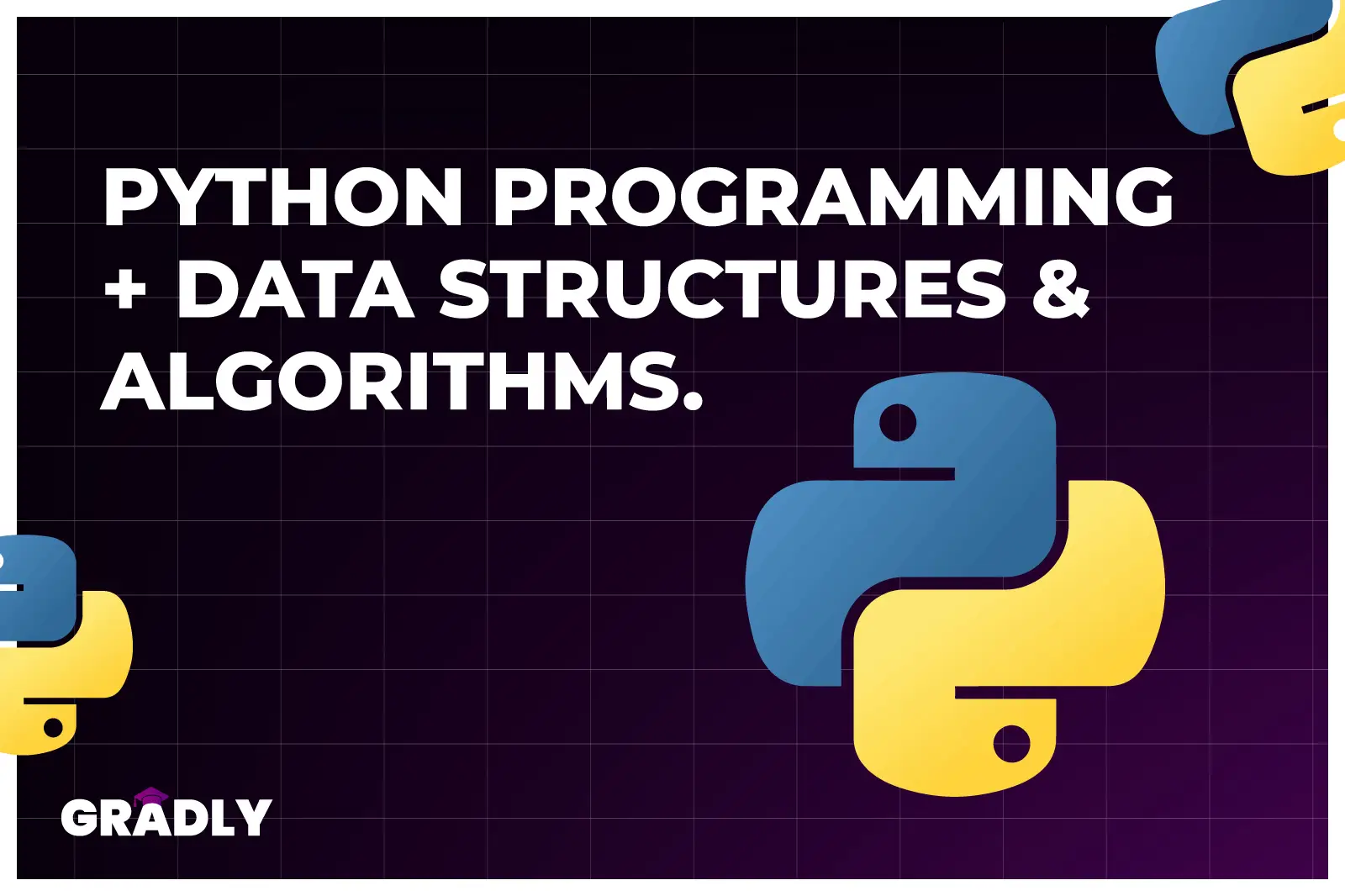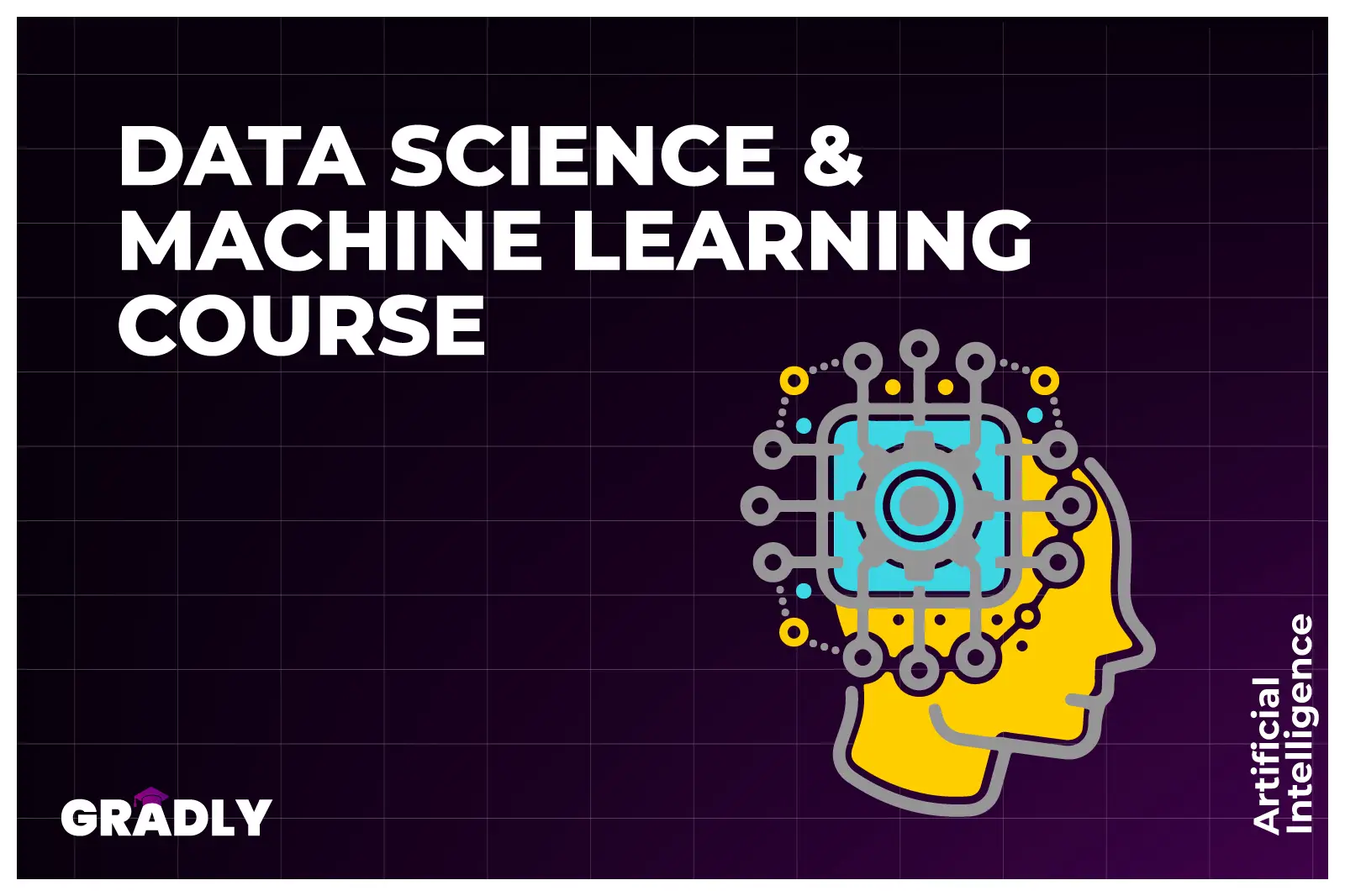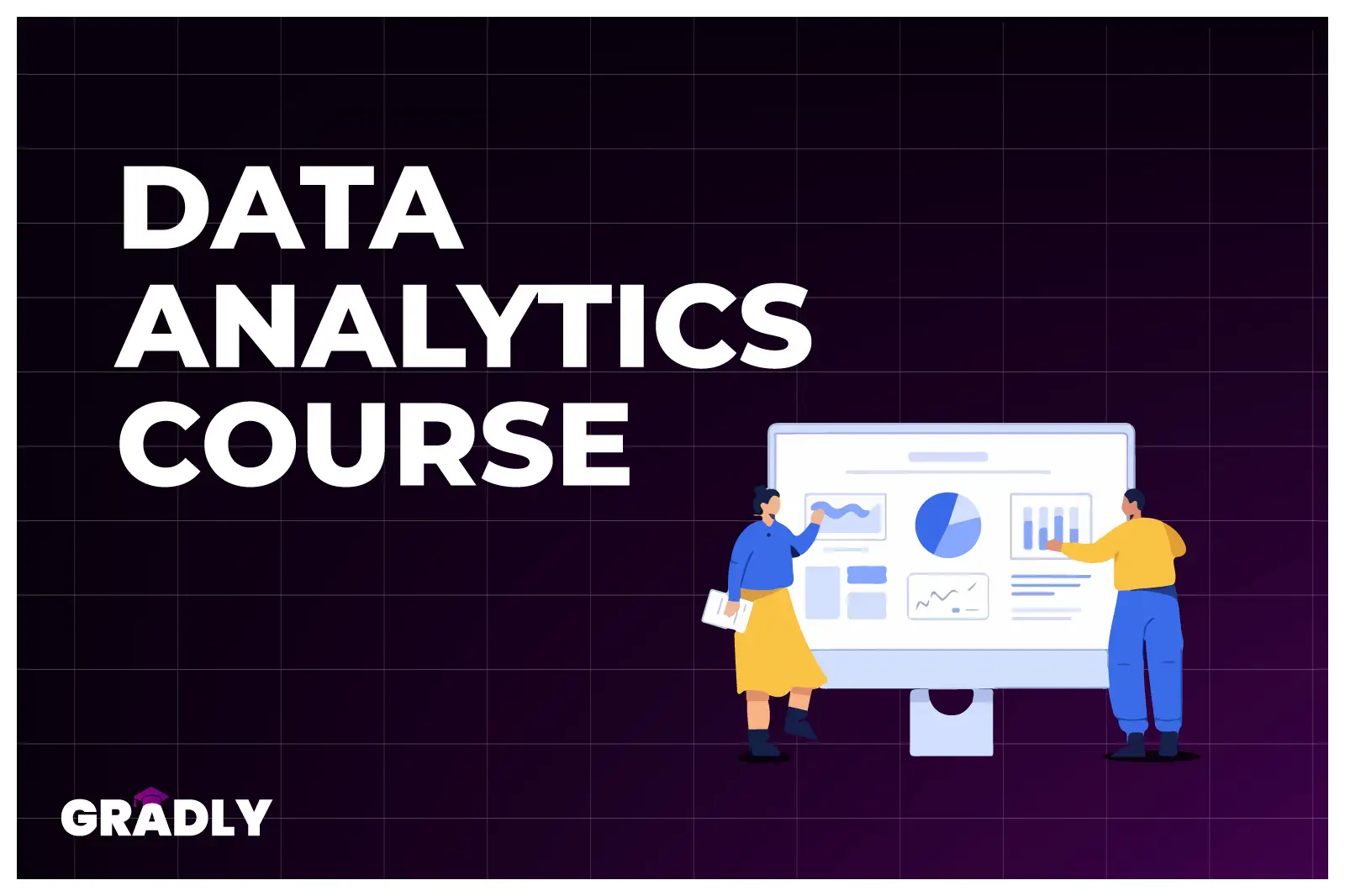Data Analyst
Data Analytics Essentials
- 1,247+ students
- Online Live Classes
Descriptions
The “Data Analytics Essentials” course equips participants with a comprehensive understanding of data analytics, covering data collection, cleansing, exploratory analysis, statistical modeling, data visualization, predictive analytics, and ethical considerations. Through hands-on projects and industry-relevant case studies, participants gain practical skills to derive actionable insights and make data-driven decisions in diverse professional contexts.
In addition to the core concepts and practical skills, the “Data Analytics Essentials” course also emphasizes the importance of critical thinking and problem-solving in data analysis. Participants are encouraged to approach data challenges with a structured and analytical mindset, leveraging their knowledge to extract valuable insights from complex datasets. By honing these analytical and problem-solving skills, participants are well-prepared to tackle real-world data problems and contribute meaningfully to their organizations’ success through data-driven decision-making.

Key Points
- Overview of data analytics, its importance, and applications across various industries.
- Techniques for collecting, cleaning, and transforming data for analysis.
- Methods for exploring and visualizing data to uncover patterns, trends, and relationships
- Understanding basic statistical concepts and conducting descriptive and inferential analyses.
- Tools and best practices for creating visualizations that effectively communicate insights.
- Introduction to predictive modeling techniques and algorithms for forecasting and decision support.
Course Lessons
This lesson provides an overview of data analytics, explaining its importance in today's data-driven world and its wide-ranging applications across industries such as finance, healthcare, marketing, and more. Participants learn about the data analytics lifecycle, from data collection to actionable insights.
Participants learn techniques for collecting data from various sources such as databases, APIs, CSV files, and web scraping. They also delve into data cleaning and preprocessing, which involves handling missing values, removing duplicates, transforming data types, and ensuring data quality for accurate analysis.
EDA is a crucial step in understanding the characteristics of data. In this lesson, participants learn to perform EDA using statistical techniques and visualization tools. They explore data distributions, correlations between variables, outliers, and trends to gain initial insights into the data.
This lesson covers foundational statistical concepts essential for data analysis. Participants learn about measures of central tendency, dispersion, probability distributions, hypothesis testing, and correlation analysis. Statistical methods help in making data-driven decisions and drawing meaningful conclusions from data.
Effective data visualization is key to communicating insights clearly and persuasively. Participants learn about visualization techniques using tools like Python's matplotlib, seaborn, or Tableau. They create visualizations such as histograms, scatter plots, bar charts, and dashboards to present data findings visually.
Participants are introduced to predictive analytics and machine learning concepts. They learn about regression (linear regression, logistic regression), classification (decision trees, random forests), clustering (k-means clustering), and other algorithms for predictive modeling. Techniques for model training, validation, and evaluation are covered.
In this lesson, participants delve into methods for evaluating model performance and ensuring model validity. They learn about metrics such as accuracy, precision, recall, F1 score, ROC-AUC, and confusion matrices. Cross-validation techniques are also explored to assess model generalization.
Participants gain a deeper understanding of machine learning algorithms, including supervised learning, unsupervised learning, and semi-supervised learning. They explore different algorithms' strengths, weaknesses, and real-world applications, such as recommendation systems, fraud detection, and customer segmentation.
With the exponential growth of data, participants learn about big data technologies such as Hadoop, Spark, and distributed computing frameworks. They understand how these technologies handle large-scale data processing, storage, and analytics, enabling them to work with big data efficiently.
Participants apply their knowledge and skills to real-world data analytics projects. These projects involve tasks such as data wrangling, exploratory analysis, predictive modeling, and data visualization. By working on practical projects, participants gain hands-on experience and build a portfolio of their work.
This lesson explores ethical issues, data privacy concerns, and legal regulations related to data analytics. Participants learn about data protection laws, ethical guidelines for data usage, bias in algorithms, and responsible AI practices. Understanding these considerations is crucial for ethical and responsible data analytics practices.
Participants explore industry-specific applications of data analytics through case studies and examples. They learn how data analytics is used in areas such as marketing analytics, healthcare analytics (e.g., patient outcomes prediction), financial analytics (e.g., fraud detection), and supply chain analytics. Real-world examples showcase the impact of data analytics on business decision-making and innovation.
Instructor

Data Analyst Expert
This course includes:
- 40 hours on-demand Live Classes
- Full lifetime access
- Access on mobile, Tablet and Laptop
- 100% Paid Internship Assurance
- Certificate of completion




